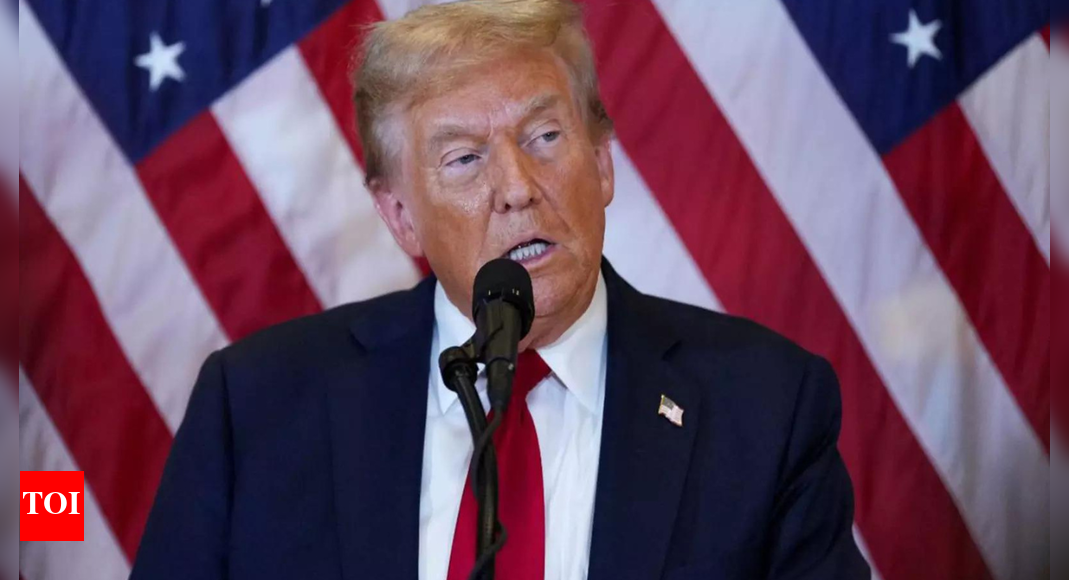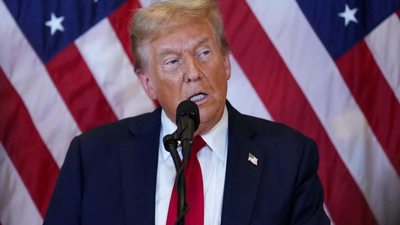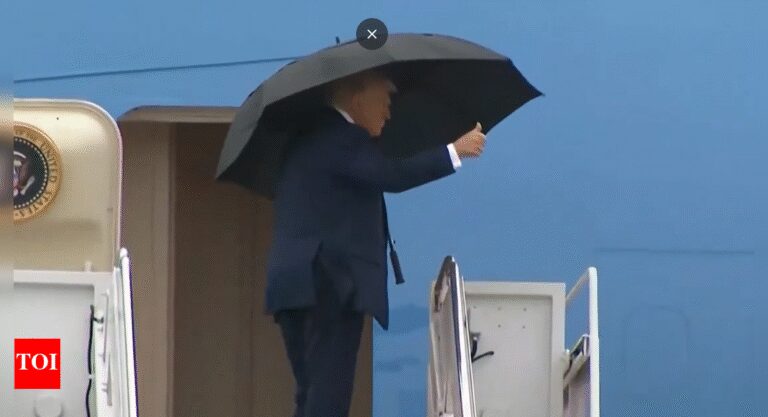
The government shutdown in the United States began on October 1, with no end in sight. As a consequence of the budget freeze, US President Donald Trump has already announced the first layoffs of federal employees. But what does the term “shutdown” actually mean? And how long could it last?
What is a shutdown?
In US politics, a “shutdown” occurs when Congress, the Senate and the House of Representatives, and president fail to agree on the release of new budget funds. If no budget, even a transitional one, is passed, the government cannot approve new spending, meaning large parts of the state administration temporarily cease work.The legal basis for this is provided by the “Antideficiency Act,” first enacted in 1884. It prohibits the federal government from spending money without prior approval from the legislature.That’s what happened last week. Until the last minute, there was hope that Congress would agree on funding. But when no agreement materialized, the shutdown began, with the ruling Republican Party and opposition Democratic Party each blaming the other side for the predicament.
How often do shutdowns occur?
There have been 21 shutdowns since 1976, including the one currently underway. The longest shutdown lasted from December 2018 to January 2019, a total of 35 days also under President Trump, during his first administration.At the time, Congress refused to allocate $11 billion (€9.5 billion) to build a wall on the border with Mexico. Ultimately, a budget was passed that excluded precisely those funds.
What are the consequences of the shutdown?
An estimated 750,000 federal employees have been forced into furlough by the budget freeze. These workers primarily belong to the federal administration, but are also in the aviation sector and public institutions such as national parks and state museums. This means that the shutdown can also affect tourists: during a shutdown in 2013, several million visitors to national parks and state museums were turned away.However, the police, border protection, hospitals, and air traffic control remain operational, though sometimes on a more limited basis because support staff have been furloughed.This has serious consequences for both the general population and the employees themselves. Since the last shutdown in 2018-2019, there has been a law guaranteeing back pay for all affected federal employees as soon as a new budget is implemented. But whether that can be applied this time remains in question.The Trump administration has already instructed several federal agencies to consider permanent layoffs; meanwhile back pay is not guaranteed for government subcontractors. And because many Americans lack savings, a gap in their salary could be financially devastating even if they are paid at a later date.
Why did negotiations fail?
This time, the main issue is healthcare policy. Democrats are demanding that Republicans continue state support for the Affordable Care Act, also known as Obamacare, the health insurance system introduced under President Barack Obama. They are also campaigning to reverse cuts to Medicaid, a healthcare program for low-income citizens. These cuts were part of Donald Trump’s One Big Beautiful Bill Act, which was passed this July.Republicans strictly reject these demands and allege that Democrats also want to allocate healthcare funds for people without valid papers, which the latter party has denied.
How could Trump gain from the shutdown?
For the Democrats, the shutdown is a double-edged sword. On the one hand, the budget is one of the few ways that the party can counter the US president’s drive for political consolidation. On the other hand, Trump has welcomed the shutdown as a chance to further reduce the size of the state apparatus. He had already announced the first layoffs of government officials last Sunday and the final dismissal of federal officials is currently underway, Trump told reporters at the White House in Washington.“It’s all because of the Democrats. The Democrats are causing the loss of a lot of jobs,” he said.Meanwhile, subsidies for climate projects worth almost $8 billion (€6.9 billion) are also said to be on the chopping block.
What happens next?
It remains unclear how long the shutdown will last. Congress must reach an agreement, but the two sides remain entrenched in their positions. The budget freeze will only end once a transitional budget has been passed, for which the Republicans would need at least 60 of the 100 votes in the Senate. Since they only hold 53 seats themselves, they are dependent on seven votes from the Democrats.And while the Democrats want more concessions on health policy, they are under pressure from voters to come to an agreement and end the shutdown.







